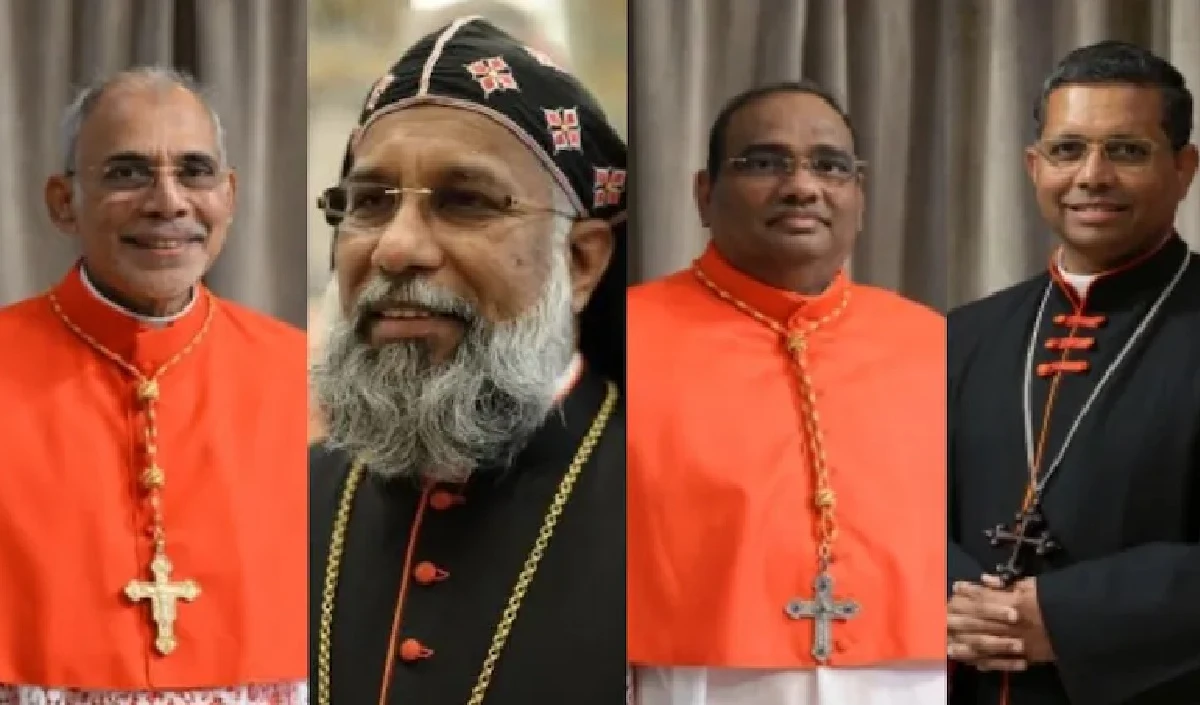Pope Francis died on Monday morning at the age of 88. He was the first Latin American Pope, who left an indelible mark on people all over the world with his charismatic personality, humble nature and concern for the poor. After the death of Pope Francis, Vatican organized a prayer meeting at St. Peters Square in his memory. Cardinal Mauro Gambti, the chief pastor of St. Peters Basilica, led the prayer meeting at the time of sunset. After the death of Pope Francis, the Vatican will enter the period of nine days of mourning which is known as Novendiale. This is an ancient Roman tradition, and during this time, preparations for the next Pope’s choice will be going on. After the mourning period, a conference will be held where the Cardinal Christ will choose the pastor.
Who are Indian cardinals?
According to an ANI report, four of the 135 cardinals eligible to vote in the Pope Conclave are currently from India. These include Cardinal Philip Nerry Phirao, Cardinal Basilios Claimis, Cardinal Anthony Pula and Cardinal George Jacob Kuwakad.
1. Cardinal Philip Nerry Antonio Sebastiao Do Rosario Pherao (72): He is the President of the Metropolitan Archbishop of Goa and Daman (India), the President of the Catholic Bishop Conference of India and the Union of the Asian Bishop Conference.
2. Cardinal George Jacob Kuwakad (51): They are Cardinal-Deekan of S. Antonio de Padova who are prefects of decostry for circonvalajion appia and inter-religious dialogue.
3. Cardinal Basilios Cleemis Thottunkle: He is the president of the chief Archbishop of Trivandrum of Siro-Malankara (India) and the President of Siro-Malakara Church.
4. Cardinal Anthony Pula (63): He is the metropolitan archbishop of Hyderabad (India).
Also read: Pop Francis Death: Three days of state mourning in India on the demise of Pope Francis, half will be bowed to the national flag
The process of choosing the head of the Catholic Church
With the demise of the Pope, the centuries -old ritual has started, in which the cardinal will take an oath to choose his successor, after counting the ballot papers, they are pierced with a thread needle and then they are burnt and burnt to white or black smoke. The purpose of this ritual is to indicate that a new leadership has now come for 1.3 billion Catholics of the world. Full secrecy is performed in the election. Voting takes place inside the cystine chapel. St. John Paul II re -wrote the Pope’s election rules in a 1996 document which is still in force to a large extent, although Pope Benedict 16th amended it twice before resigning from the post.

